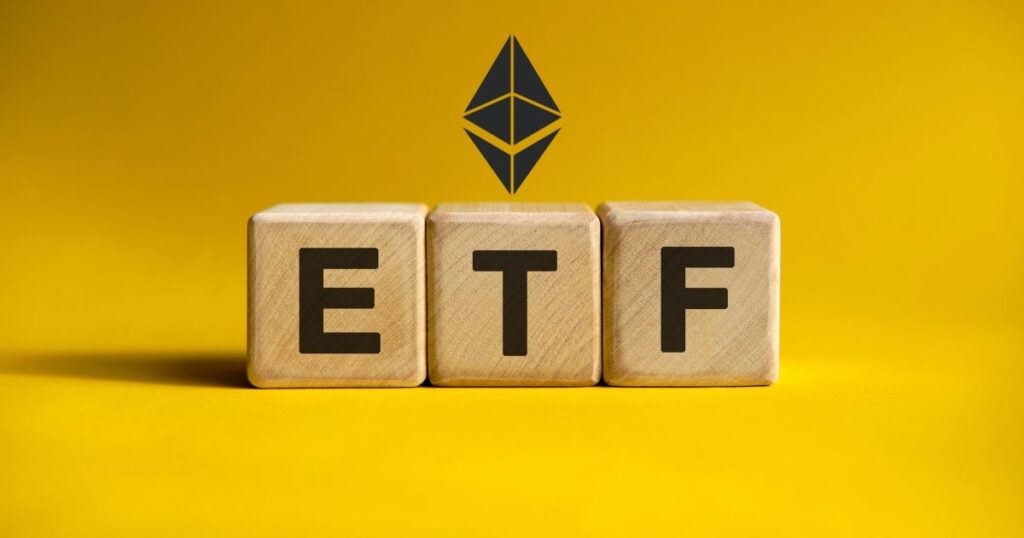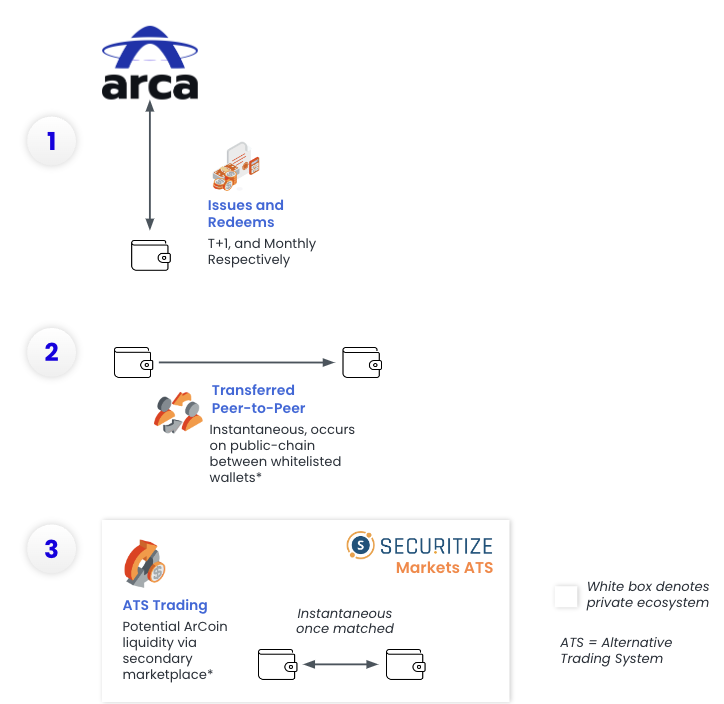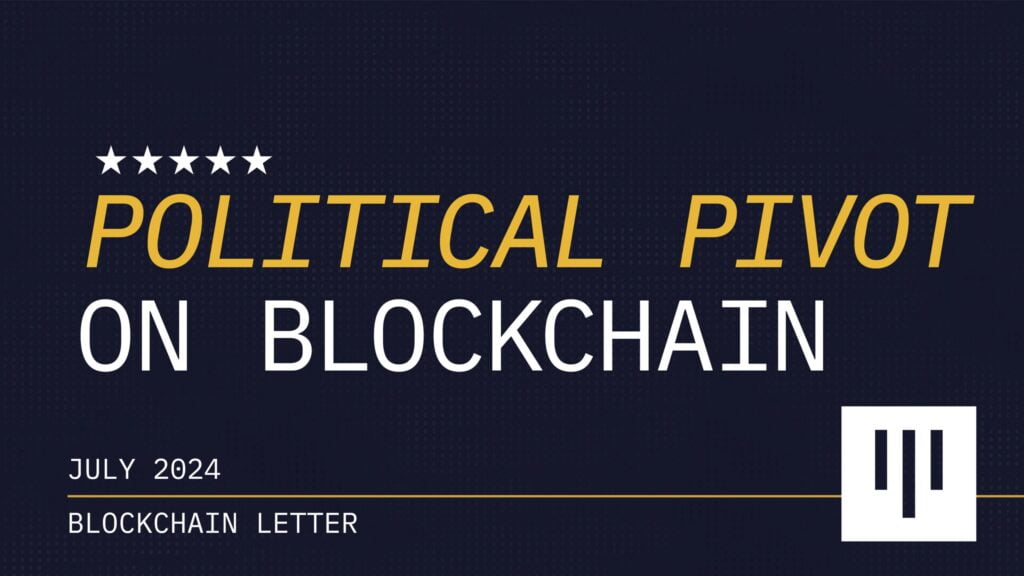Research Summary
The report provides a data-driven perspective on liquid staking and LSDfi in the context of Proof-of-Stake (PoS) networks. It discusses the benefits of liquid staking, such as increased capital efficiency, yield farming opportunities, and stronger network security. However, it also highlights potential risks, including slashing or smart contract risks. The report also explores the potential conflict between the governance and Liquid Staking Token (LST) holders due to differences in goals and suggests a dual governance system where LST holders receive veto power over decisions to protect their interests.
Actionable Insights
- Consider the benefits and risks of liquid staking: Liquid staking offers increased capital efficiency and yield farming opportunities but also comes with risks such as slashing or smart contract risks.
- Understand the potential conflict in governance: There could be a potential conflict between the governance and LST holders due to differences in goals. A dual governance system where LST holders receive veto power over decisions could be a solution.
- Explore new protocols in LSDfi: The report highlights two projects, Pendle and EigenLayer, that have recently seen bumps in their social metrics. Users should conduct thorough due diligence before investing.















